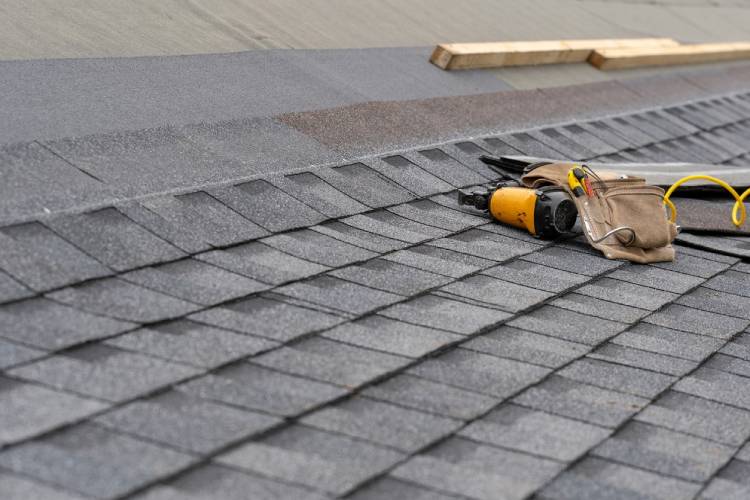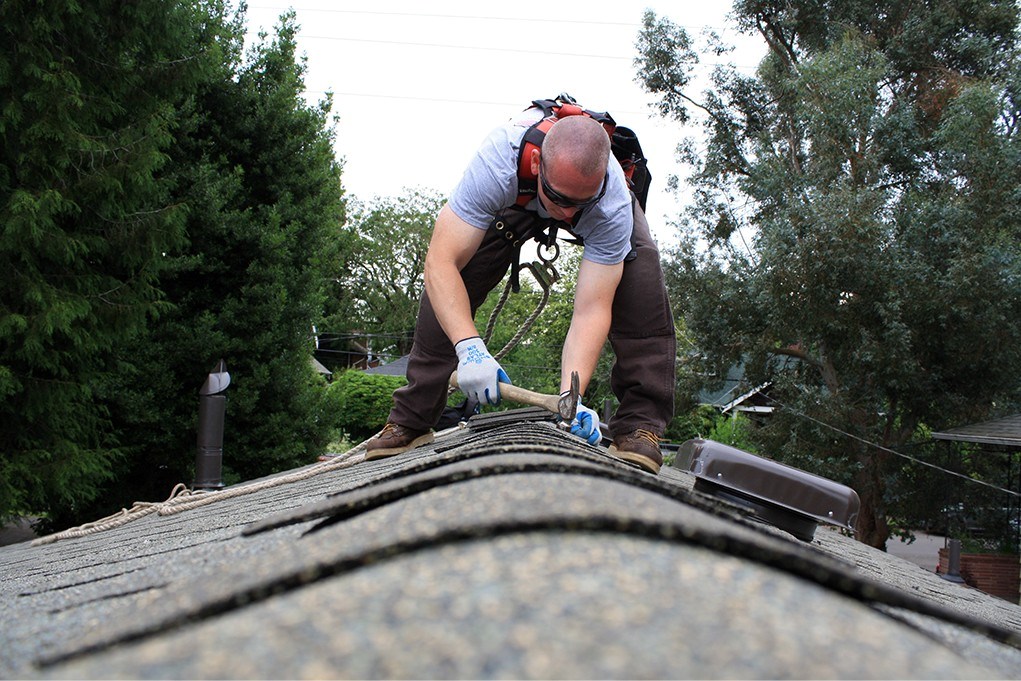Protect Against Expensive Repairs with Routine Cleveland Heights Roof Maintenance Inspections
Protect Against Expensive Repairs with Routine Cleveland Heights Roof Maintenance Inspections
Blog Article
A Comprehensive Guide to the Installation Process of a Skylight Roofing
The installation of a skylight roofing is a diverse procedure that needs careful preparation and execution to ensure optimum performance and visual charm. This overview will certainly lay out the crucial actions entailed, from choosing the appropriate skylight type to the vital tools and materials needed for an effective installation. Recognizing the subtleties of architectural stability and waterproofing is critical, as these aspects directly affect the durability of your skylight. As we explore each stage, it comes to be clear that focus to information is not merely beneficial but essential for accomplishing a smooth integration of all-natural light right into your area.

Understanding Skylight Types
When taking into consideration a skylight setup, it is vital to understand the different kinds available, each created to fulfill different aesthetic and useful requirements. The most typical kinds of skylights include taken care of, vented, tubular, and operable models.
Fixed skylights are non-opening systems that offer mostly to supply natural light and improve interior areas. Skylight Installation in Cleveland Heights. They are excellent for locations where air flow is not a concern. Vented skylights, on the other hand, include a device that enables them to open up, facilitating air flow and lowering humidity degrees. These are particularly beneficial in cooking areas or washrooms.
Tubular skylights are compact and developed to catch sunlight via a tiny dome on the roof covering, carrying it down a reflective tube into the living area. This kind is helpful for smaller areas or spaces that need extra light without jeopardizing ceiling height. Operable skylights incorporate both all-natural light and air flow, making them flexible in numerous settings.
Each skylight type offers distinct advantages, and the choice depends on elements such as the intended use the area, neighborhood environment, and building design. Hence, recognizing these choices is critical for making an educated decision.
Planning For Installation
Picking the proper sort of skylight is simply the start; sufficient prep work for installment is vital for guaranteeing an effective project. Before initiating the installment procedure, it is vital to assess the structural honesty of the roof where the skylight will be installed. This entails monitoring for any signs of damages, such as rot or leaks, which may lead and endanger the setup to future concerns.
Next, it is vital to intend the place of the skylight thoroughly. Think about factors such as sunshine exposure, potential blockages (like trees or neighboring buildings), and the total aesthetics of the room. Noting the area plainly will aid in visualizing the result and assistance protect against errors throughout installment.
Furthermore, reviewing local building ordinance and obtaining required authorizations is necessary to make certain conformity with regulations. This action will assist avoid prospective fines and ensure the security and legitimacy of the installation.
Devices and Materials Needed
An effective skylight setup requires a specific set of products and tools to guarantee accuracy and performance throughout the procedure. Essential tools include a measuring tape, level, round saw, and energy knife, which are critical for precise dimensions and cutting. A drill and suitable drill bits are necessary for developing holes for placing braces, while a hammer and screws or nails are needed for securing the skylight in position.
The skylight unit itself have to be chosen based on the size and type ideal for the roof covering. Roof covering concrete and caulking are also called for to provide added waterproofing around the skylight sides.
Safety and security equipment, such as gloves, safety glasses, and a hard hat, should not be overlooked to shield against potential dangers during the installment. Finally, tarps or go down cloths can be beneficial to catch particles and secure the interior of the area below. Collectively, these products and devices lay the foundation for a successful skylight installation.
Step-by-Step Installation Process
Efficiently mounting a skylight involves a systematic technique that makes certain both capability and visual appeals. Begin by marking the desired location on the ceiling, guaranteeing it lines up with the architectural parts of the roof. Next off, reduced an opening that represents the dimensions of the skylight frame, taking treatment to avoid any type of electric wiring or plumbing.
Once the opening is prepared, install blinking around the perimeter to draw away water away from the skylight. This is crucial for avoiding leakages. Placement the skylight into the opening, guaranteeing it rests flush with the roofline. Protect it in area using nails or screws, according to the producer's specs.
Next, use roof covering concrete along the sides of the skylight and around the flashing to create a watertight seal. Mount the interior trim to cover any kind of revealed sides and to offer a completed look inside the home. Finally, inspect the installment for any type of gaps or blemishes that could result in leakages. Appropriately evaluating the skylight guarantees toughness and boosts its visual allure, providing an attractive source of all-natural light for several years to come.
Wrapping Up and Maintaining Your Skylight
After the installation of your skylight is total, it's necessary to complete the process by ensuring that all finishing touches are used and proper maintenance routines are established. Begin by checking the exterior and interior seals for any type of gaps or incongruities that could bring about leaks. Correct sealing is essential for the longevity of your skylight.
Next, tidy the glass surface with a gentle, non-abrasive cleaner to preserve clarity and improve natural light penetration. Prevent harsh chemicals that can harm the frame or seals. Frequently examine for particles accumulation around the skylight, as this can cause drain issues and may require routine cleaning.
Develop a maintenance schedule, preferably every six months, to assess the condition of the skylight. Seek indicators of wear, consisting of deterioration of seals or framework materials. If you discover any type of concerns, resolve them quickly to avoid further damages.
Final Thought

The installment of a skylight roofing system is a complex process that requires thorough planning and Northeast Ohio Roofing Contractors implementation to ensure ideal performance and visual allure.Picking the ideal kind of skylight is just the beginning; appropriate preparation for setup is vital for guaranteeing an effective project.An effective skylight installment needs a certain set of devices and products to make certain accuracy and performance throughout the process.After the setup of your skylight is full, it's necessary to cover up the procedure by ensuring that all completing touches are used and correct maintenance routines are established. Ensuring architectural integrity, appropriate flashing installation, and a water tight seal are important for the skylight's performance and durability.
Report this page